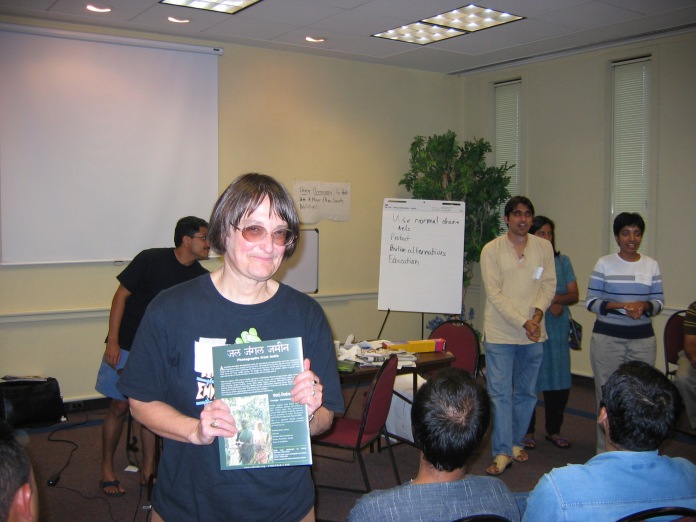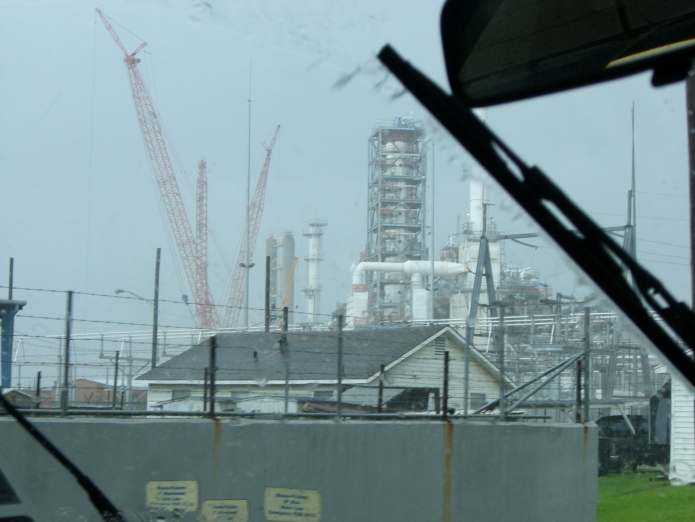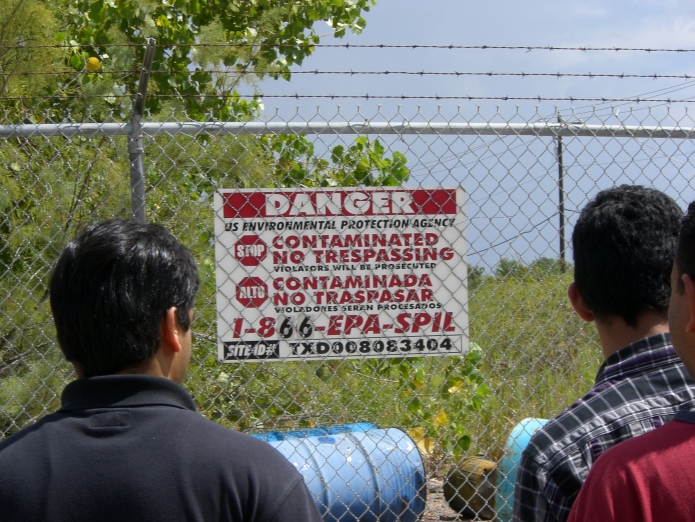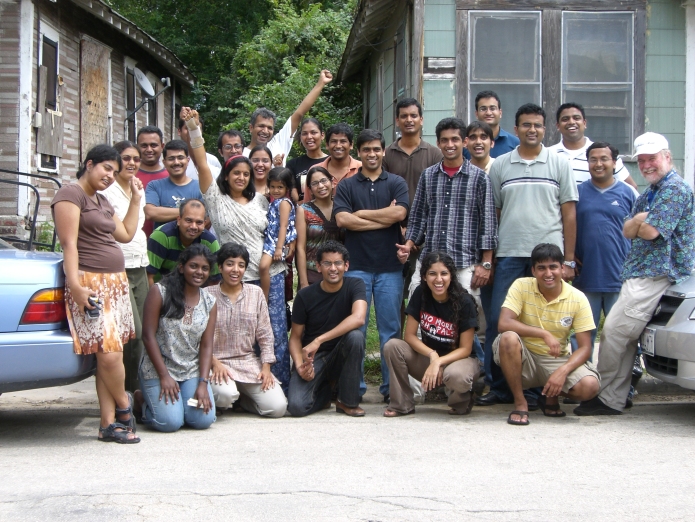My year as a vegan
27th September 2006
Thanks Divya and Sree for interesting conversations that prompted me to dig out these old notes. And thanks Srihari, I now make fresh soymilk and also use the Okara in just about anything.
Reflections along the journey of responsible living.
Summer 2005
My year as a vegan is drawing to a close. I have thoroughly enjoyed it, for the most part. Though I was not absolutely strict I can honestly say that I’d have logged at least 350 vegan days by the end of the year. There were days I may have eaten a soup or bread or even a berfi where dairy figured somewhere in the list of ingredients. But I never succumbed to the temptation to have a cool cup of yougurt after a sumptuous meal of hot chapatis and spicy chole or settle in for a midnight snack of cereal and milk. In fact, these things didn’t tempt me nearly as much as I thought they would. A month into my veganhood, even pizza didn’t look that appetizing and others in my family also prefer soy kaas to the real thing.
Since I came to India, things like tofu and soy milk aren’t readily available, forget stuff like soy cheese, seitan or other vegan conveniences. Of course, in the villages, many people are involuntarily vegan since they can neither afford to feed Mama cow and Mama hen, nor pay someone else to do so and get rich predigested food in return.
Lest I falter and even think of taking dairy, all I have to see is a cow and the thought perishes. Though I adopted a vegan diet for the sake of my daughter, I think it is my own experience lactating that drives me away from the milk of other mammals. It is interesting that I cannot imagine drinking milk of other humans but have been drinking milk of cows and buffalos for years. Now that I lactate, I am so careful about my own diet that I can’t see drinking the milk of cows fed literally on junk off the streets. Let’s not even get into what factory farmed dairy cows in the US ingest. Sure, Indian cows are selective in what they dumpster-dive, but as for me, no thanks.
Mere rhetoric until my daughter turned one, the age at which the American Pediatrics Association says that it is safe to introduce cow’s milk to children. I, however wanted to wait a little longer. Since she was also old enough to want whatever I was eating, I decided that I too would go dairy-free. And as long as I was giving up my heart’s delight, yougurt, why not go ahead and be vegan. Anyway my egg consumption was limited to what my sister baked with “free-range” eggs, and it was no big deal giving those up and baking with yeast or egg substitute instead. And there I was, ready to ascend the moral high ground of one who has given up eating all animal products, all connection with the dreadful dairy and egg industries, which, let’s face, it aren’t really very kind to animals even in their free-grazing versions. “Is it vegan?” I loved to say it!
Within a month, a sore throat made me realise I wasn’t vegan. I found a source for honey harvested the old fashioned way, and learned about the process from a beekeeper in Toronto. The bees seemed pretty unconfined and unharmed to me. So while I avoid honey made from smoked-out bees, I consider honey harvested from the forest on par with maple syrup tapped from the trees. And ecologically and politically superior to sugar, which I was dismayed to find figured prominently in a lot of “vegan” recipes. Having leafed through Sidney Mintz’ “Sweetness and Power,” I consider sugar unless specified otherwise to be cruel to people and planet. It may not directly harm animals, though of course they depend on the planet too, but it certainly harms people and therefore is ruled out by my food principles. It harms the people whose countries are held hostage to it, the people who work for pittance growing it, the people who struggle to access water because it is all being drained by the sugar cane plantations, and in the way 99% of it is consumed, it hurts those who eat it.
Now that we have proved that indeed life goes on without yougurt-n-rice, which I used to eat at least twice a day, why go back? I was careful from the beginning not to declare myself vegan, simply because I wasn’t sure how long I would last. My only target was to avoid introducing other animal’s milk to my daughter for as long as mother’s milk was a significant part of her diet. I do not wish to use a cow as a wet-nurse. Since the WHO mentions 2 years as the minimum recommended duration for breastfeeding, I figured we’d think about it again when she turned 2. Till then, we learn to prepare interesting meals and snacks out of grains, legumes, fruits and vegetables. It forces me to be creative. I owe several new staple foods to the recipes on packages, which use common household ingredients. I learned how easy it is to make hummus, millet cereal, as well as other interesting preparations with grains and legumes. With our handy solar cooker even slow-cooking beans like garbanzos or kidney beans are a cinch, and certainly much tastier, without using any fuel or heating up the house. Not to mention it leaves me with an extra stovetop to take care of the vegetables. Yes, it is more work, which I would surely escape if I could just go for yougurt, or cheese sandwiches, or milk over cold cereal.
As a result our diet is much more varied and my daughter simply loves to observe and of late, take over, every stage of food preparation. She can identify all the ingredients, from individual spices to legumes to vegetables. She loves to shell peas, grate carrots, wash urad dal, add salt, and will often bring me a clove of garlic and ask, “shall we throw in some garlic?”
What I am hoping is that now that we’ve gotten over the hard part – introducing a wide variety of foods to our growing baby– when we do bring yougurt back into the picture (and when we can find cows living somewhat freely and with a healthy diet), it won’t dominate our diet as it once did. I think yougurt is a pretty healthy food, though I treat other dairy products as once-a-month items, on par with convenience food. Hey, it’s hard work, chewing all those greens and grains. Why not just pay and make the cows do it? I suppose cows, given a choice, might not actually want their milk to be pumped out for human consumption, so I’ll have to live with that on my conscience.
Ideally I’d wait till my daughter is old enough to ‘decide’ that she wants dairy products but in fact I think I will start letting her have yougurt sometime next year, and then I will have it too. Incidentally, she has seen calves drinking mother’s milk and she has also seen people milking the cows and carrying the milk in a pot. When I told her, “that is cow’s milk,” she replied, “that is calf’s milk.” [I said it was “Avu pAlu” and she said that it was “dUDa pAlu”]
Though I have kept dairy substitutes like soymilk to a minimum, if I had to go vegan indefinitely I think they would creep back into the picture. And from a planetary perspective, I am not sure the tetra-pack is less harmful than the dairy industry. Of course if I made it at home then I’d be okay. So my point is, that I am less interested in being 100% vegan than in achieving a way of feeding myself with as little damage to the environment, humanity and animals, as possible. Just because it is vegan I can’t ignore the damage done by Tropicana Orange Juice or a kiwi imported from New Zealand or even a banana imported from Honduras. I need to look at biodiversity, the impact of global trade, the fuel consumption, the land and water use, the working conditions, and of course the health implications of eating nonlocal, nonseasonal foods. Our parents and grandparents didn’t have to study rules of food combining or macriobiotic principles since they mostly got local seasonal foods and such combinations were limited by nature.
And it’s not only food. More people are examining the impact to people, animals and the planet of almost everything we do – the clothes we buy, the computers we use, and the conferences we attend. People are getting tired of travelling long distances and staying in big hotels to talk about the environment or world hunger. There has got to be a better way for people sincerely working on these issues to connect, morally support one another, share strategies and generate public opinion for policies without joining the jet set. It’s not merely the plane ride or the five star banquet. It is the entire set of rules that operates. These venues are selected so that those who ‘make policies’ will attend. If we had the meeting in a slum or rural village then we’d just be “preaching to the converted.” SO we have to meet “them” on their “turf” that is Bombay, Delhi, or Geneve or Minneapolis. We have to bring our facts to their attention. But …. I think from the Seattle protests till now, we are still searching for a satisfactory approach and are still trailing off after the but…




